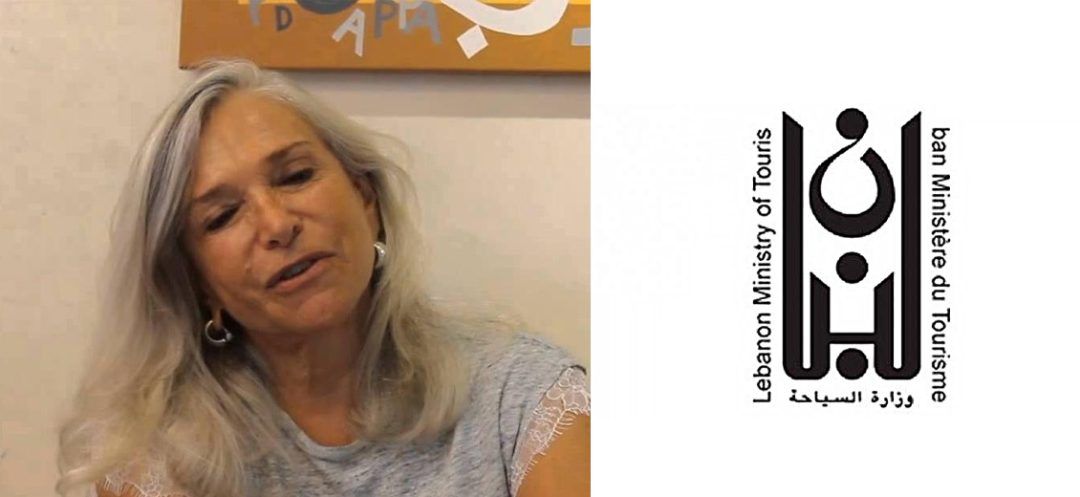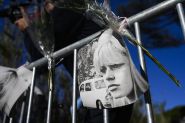
In the midst of a storm, Lebanon launches a bold campaign to promote tourism. “Mechouar,” initiated by the Ministry of Tourism, is intended as a message of hope and resilience in a highly challenging context. This term, which means “promenade” in Arabic, evokes the idea of a pleasant stroll, a moment of respite. However, given the country’s challenges, this “mechouar” is far from a smooth journey.
Lebanon faces an unprecedented economic and financial crisis, heightened tensions on its southern border, and security instability that heavily impacts the tourism sector. In this context, the “Mechouar” campaign aims to remind people of the country’s wonders, inviting them to discover its treasures despite the turmoil. A daring bet that elicits mixed reactions, with some praising this hopeful initiative and others criticizing the disconnect between the optimistic message and the harsh reality on the ground.
At the heart of this campaign, an iconic logo attracts everyone’s attention. Behind this powerful symbol lies the extraordinary story of Mouna Bassili Sehnaoui, a pioneer who shaped the visual identity of the country.
Born in 1945 in Alexandria, Egypt, Mouna Bassili Sehnaoui showed a remarkable talent for graphic arts from an early age. After studying at the American University of Beirut, she earned a Bachelor of Fine Arts in graphic design from the University of Arizona in the United States. This international experience fueled her creativity and broadened her perspective.
Returning to Lebanon in the early 1970s, Sehnaoui joined the National Tourism Council, where she led the graphic arts department. It was there that she created the now inseparable logo of Lebanon, still used today on all Ministry of Tourism publications. But her influence did not stop at this single, albeit emblematic, project.
Mouna Bassili Sehnaoui played a crucial role in defining Lebanon’s visual identity. Her creations, from stamps and posters to promotional books, circulated during the country’s golden age before the civil war disrupted everything. Her distinctive style, drawing on Byzantine, Persian, and Phoenician iconography and mythology, helped shape Lebanon’s image worldwide.
Mouna Bassili Sehnaoui is not only a talented artist but also a pioneer who paved the way for women in graphic design in the Middle East. The first academically trained female graphic designer to establish a practice in the Arab region, she broke barriers and stereotypes, proving that talent knows no gender.
Her exceptional work has been recognized with numerous awards and distinctions. Her works are exhibited in prestigious collections, both in local and international museums, testifying to the reach of her art. But her greatest legacy remains her lasting impact on Lebanon’s visual identity.
Today, as Lebanon navigates through a tumultuous period, the Ministry of Tourism’s “Mechouar” campaign strives to highlight the country’s wonders. A reminder that even in the darkest times, Lebanon’s beauty and resilience cannot be eclipsed.
Behind this message of hope is also the legacy of Mouna Bassili Sehnaoui. The logo she created nearly 50 years ago, now an indispensable symbol, embodies the very essence of Lebanon: its cultural richness, its history, and above all, its ability to reinvent itself in the face of adversity.
Through the “Mechouar” campaign and its iconic logo, Mouna Bassili Sehnaoui’s work continues to shine, inviting the world to discover Lebanon’s treasures against all odds.
Read more




Comments